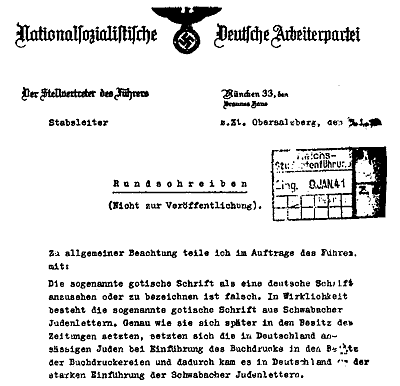
A Perfect Description of the People and Country of Scotland was first published in London in 1649 and reappeared in various forms over the next decade. Its authorship is open to question. Some historians attribute it to Oxford graduate and minor writer James Howell, better known for coining the phrase “All work and no play makes Jack a dull boy”. Others believe it was written by Anthony Weldon, a scheming courtier to Charles I.
Whoever was responsible for its creation, A Perfect Description is unabashed propaganda, filled with anti-Scottish jibes and stereotypes. The people of Scotland, it claims, are lazy and incompetent farmers; they would “rather go to taverns” than cultivate the land around them. They are also coarse and uncultured and will “stop their ears if you speak of a play”. They fornicate as a “pastime”, laugh at blasphemy and wink at murder.
The writer reserves particular acrimony for Scottish women, of whom it claims “there are none greater [fatter] in the whole world”. Further, they have appalling personal hygiene and make terrible wives:
“Their flesh abhors cleanliness, their breath commonly stinks of pottage, their linen of piss, their hands of pigs’ turds, their body of sweat [while] their splay feet never offend socks. To be chained in marriage with one of them [is] to be tied to a dead carcass and cast into a stinking ditch.”
Source: Source: Author unknown, A Perfect Description of the People and Country of Scotland, 1649. Content on this page is © Alpha History 2019-23. Content may not be republished without our express permission. For more information please refer to our Terms of Use or contact Alpha History.


